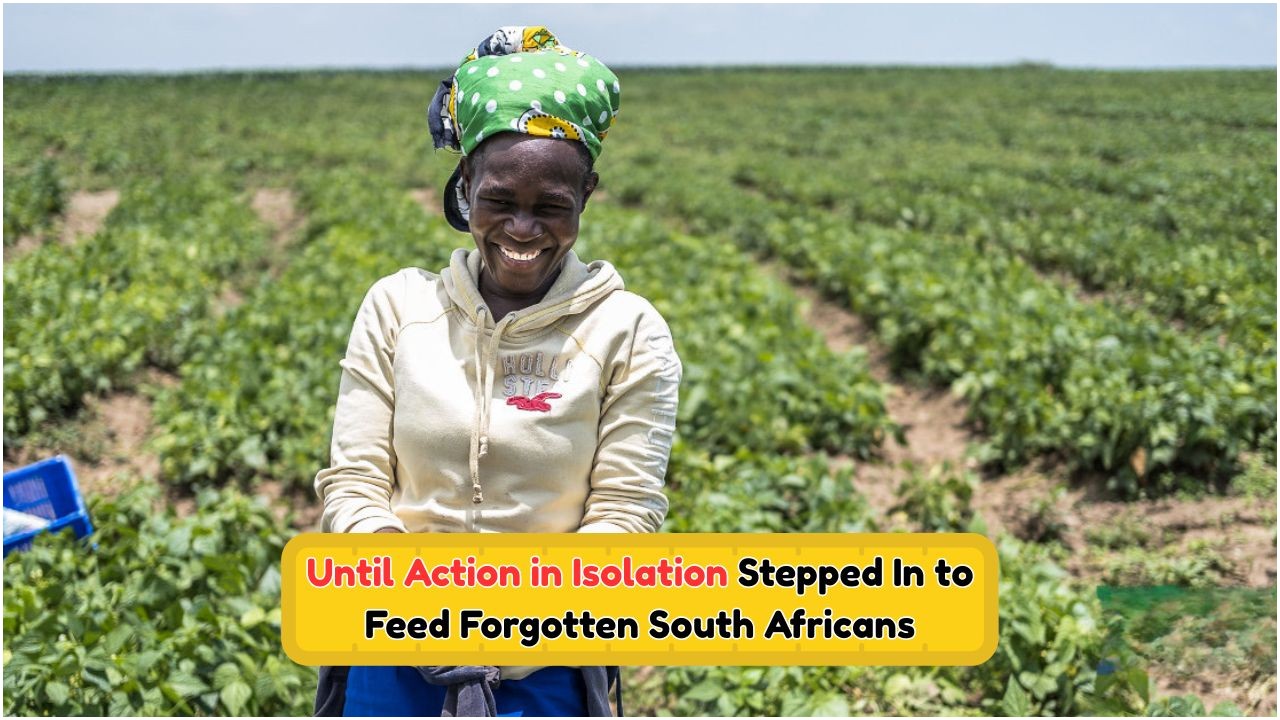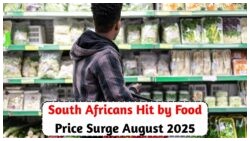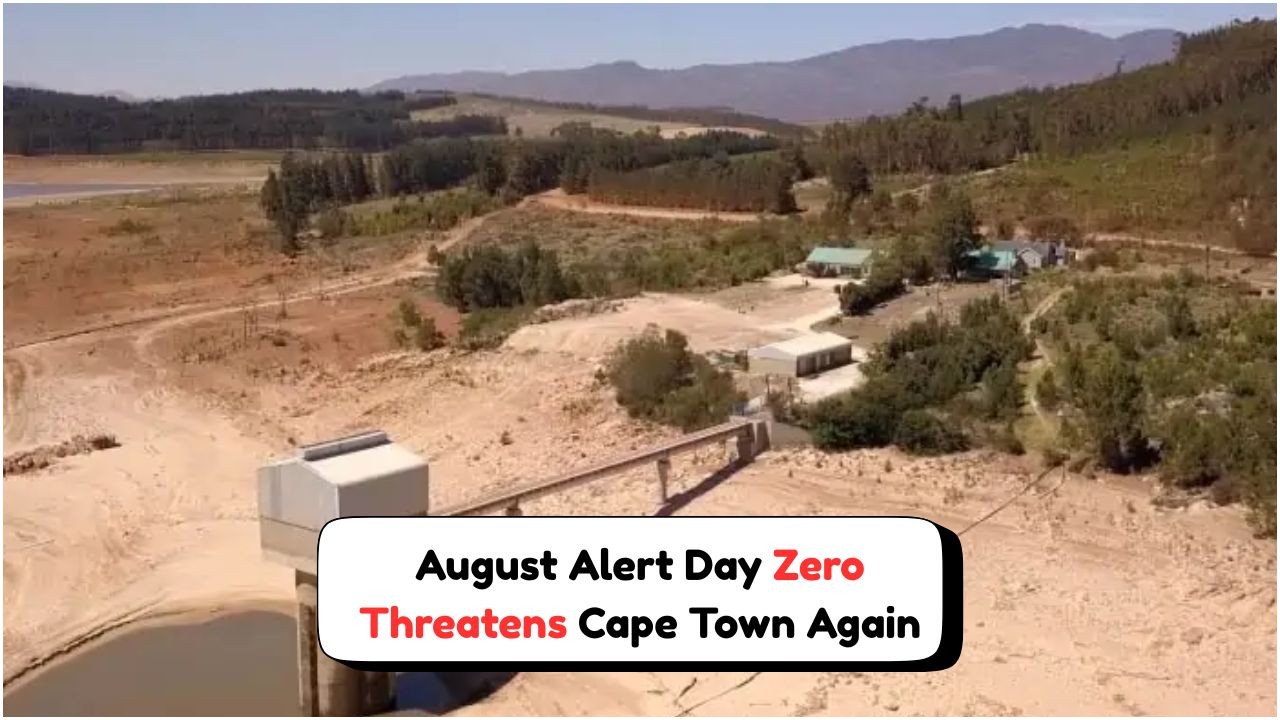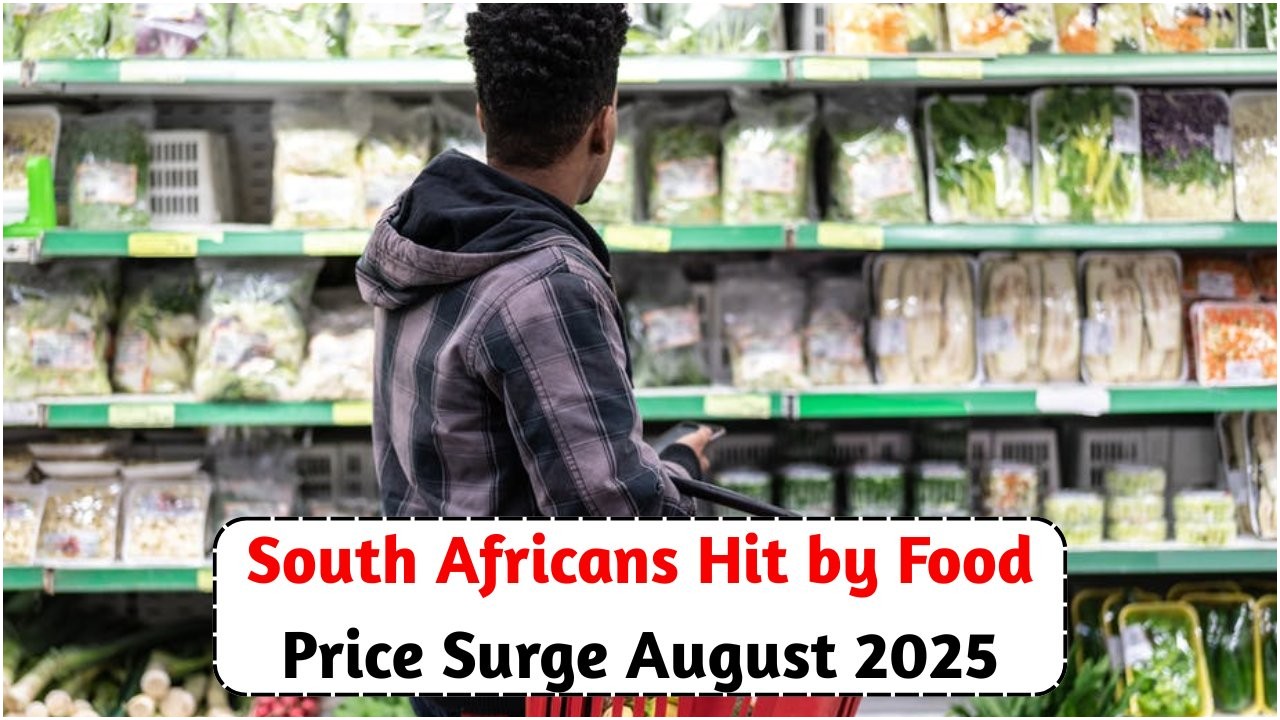Feeding Hope – Action in Isolation’s Grassroots Approach to Combating Hunger in Rural South AfricaIn the heart of rural South Africa, where poverty and food insecurity remain deeply rooted, one organization is rewriting the story of survival. Action in Isolation has taken a community-first, grassroots approach to address the growing crisis of hunger in isolated villages. With limited government intervention and rising inflation affecting food prices, this initiative is providing not only meals—but also dignity, hope, and long-term support to vulnerable communities. Their mission is not just to feed but to empower, educate, and transform lives from the ground up. Through locally sourced food distribution, youth empowerment, and community kitchen models, Action in Isolation is offering a lifeline to thousands. This article explores their inspiring journey, sustainable strategies, and the real impact they are making in rural South African communities.
Understanding the Hunger Crisis in Rural South Africa
South Africa is a country of contrast—with urban areas flourishing while many rural communities suffer from hunger, malnutrition, and unemployment. In these areas, food insecurity is not just an occasional concern—it is a daily reality.
- Over 14 million South Africans experience moderate to severe food insecurity.
- Rural provinces like Limpopo, Eastern Cape, and KwaZulu-Natal are among the worst affected.
- Rising costs of food have widened the gap between access and affordability.
- Children, elderly, and women are disproportionately affected.
- Droughts, poor infrastructure, and economic exclusion worsen the problem.
- Access to government grants often remains inconsistent or insufficient.
- Many rely on seasonal jobs, leaving months without income.
- Malnutrition-related diseases are on the rise in these areas.
Action in Isolation’s Mission and Model
Founded during the COVID-19 pandemic, Action in Isolation emerged as an emergency response to starvation. However, its mission quickly evolved into a full-time, long-term food justice campaign rooted in community participation and resilience.
Core Pillars of the Program
- Community-Led Initiatives: Empowering locals to identify and address food insecurity in their own villages.
- Sustainable Farming: Supporting micro-agriculture projects and community gardens.
- Child Nutrition: Delivering meals to schools and crèches to combat child hunger.
- Elderly Care: Food deliveries and check-ins for the most vulnerable senior citizens.
- Food Distribution Hubs: Mobile teams supply food parcels in remote regions.
- Emergency Relief: Crisis-based interventions during drought, job loss, or health emergencies.
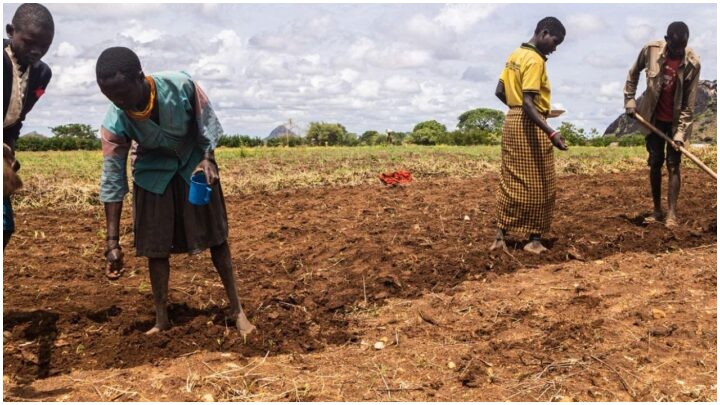
Impact in Numbers: A Snapshot of Success
Below is a table illustrating the measurable progress made by Action in Isolation between 2021 and 2024.
| Year | Meals Distributed | Villages Reached | Child Nutrition Centers | Community Gardens | Volunteers Mobilized | Elderly Supported | Emergency Reliefs |
|---|---|---|---|---|---|---|---|
| 2021 | 95,000 | 14 | 3 | 2 | 120 | 220 | 5 |
| 2022 | 210,000 | 32 | 7 | 6 | 330 | 640 | 12 |
| 2023 | 410,000 | 61 | 15 | 14 | 690 | 1,200 | 18 |
| 2024 (Est) | 650,000+ | 85+ | 21 | 20+ | 1,000+ | 1,900+ | 25+ |
This table clearly shows a dramatic and sustained expansion of reach and effectiveness in under just four years.
Stories of Transformation: Community Voices
What sets Action in Isolation apart is the direct impact it has on real lives. These are not just numbers—they’re stories of resilience and change.
Voices from the Ground
- “Before this program, we used to go to bed hungry. Now, my children eat every day at school.” – Mother from Eastern Cape
- “I joined the gardening team and now grow my own vegetables. I even sell some at the local market.” – Youth Volunteer, Limpopo
- “They bring food to my home, but more than that, they bring hope. I know I’m not forgotten.” – Elderly woman, KwaZulu-Natal
These testimonials show how grassroots engagement has created a network of self-reliant, hopeful individuals.
Key Strategies Behind Their Grassroots Success
The effectiveness of Action in Isolation lies in how deeply embedded it is in the communities it serves.
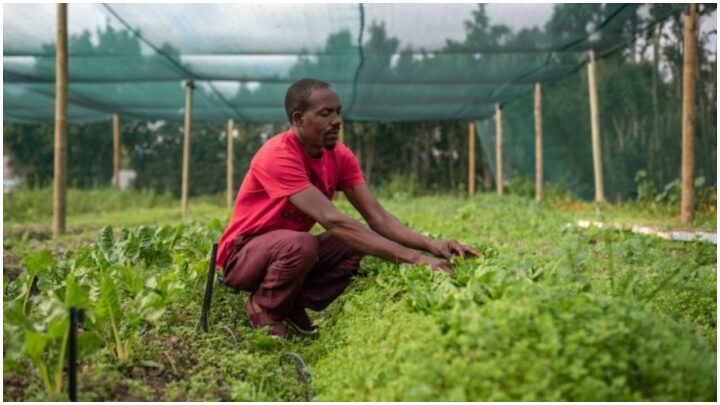
Community-Centric Strategies
- Local Hiring: Most staff and volunteers are from the same rural regions they serve.
- Partnerships with Local Farmers: Food is purchased locally, strengthening rural economies.
- Education & Training: Nutrition and farming workshops are provided regularly.
- Volunteer-Led Monitoring: Locals help track progress and flag urgent needs.
- Youth Engagement: Young people are given leadership roles in distribution and awareness drives.
- Flexible Response Model: Adaptable plans based on the specific needs of each community.
Key Resources & Local Collaborations
| Resource Type | Partners/Supporters | Purpose/Impact |
|---|---|---|
| Agricultural Inputs | Smallholder Farmers | Fresh produce and farming knowledge |
| Funding | Local NGOs & international aid | Infrastructure and meals |
| Manpower | Village Volunteers | Delivery, cooking, and supervision |
| Logistics | Minibus Drivers, Bike Couriers | Reaching remote locations |
| Venues | Schools, Churches, Clinics | Meal prep and distribution points |
| Knowledge Sharing | Nutritionists & Social Workers | Guidance on health and social safety |
| Digital Tools | Mobile Apps, WhatsApp Groups | Coordination and updates |
Challenges and Future Goals
Even with all the success, Action in Isolation continues to face real challenges on the ground.
Current Challenges
- Inconsistent funding for long-term operations.
- Rising transport and food costs affecting sustainability.
- Access difficulties during floods or extreme weather.
- Political red tape in obtaining rural permits or approvals.
Future Goals
- Expand to 100 villages by 2026.
- Launch youth-run community kitchens in 20 new districts.
- Develop a permanent food bank model.
- Advocate for food justice at a policy level.
Why Grassroots Approaches Work Better
Unlike top-down models, grassroots movements like Action in Isolation are more sustainable, community-driven, and emotionally rooted. They don’t just “serve the poor”—they empower them to take charge of their lives with dignity.
- Locals understand their problems best.
- Community ownership leads to better accountability.
- Cultural relevance in food, habits, and outreach.
- Fast response time due to localized coordination.
Action in Isolation is more than a food relief initiative—it is a movement of compassion, resilience, and action. In the overlooked corners of South Africa, this organization is planting seeds of hope, not just food. With continued support and replication of this grassroots model, the dream of a hunger-free rural South Africa could become a reality. It stands as a reminder that real change begins with community, and that feeding someone today can mean transforming a generation tomorrow.
FAQs
1. How does Action in Isolation fund its food programs?
The organization relies on a mix of international donors, local NGO partners, and individual contributors. They also receive occasional support from community fundraising events.
2. Who can volunteer with Action in Isolation?
Anyone from the local community, including youth, teachers, and elders, can volunteer. The initiative also welcomes skilled professionals for training sessions and digital support.
3. Are the meals culturally relevant to the communities being served?
Yes, all meals are prepared based on local preferences and nutritional needs. Local women are often employed as cooks to ensure cultural sensitivity and authenticity.
4. Does Action in Isolation work with schools?
Absolutely. Schools are key partners in the program. Meals are often distributed through school kitchens or used as feeding centers for children.
5. How can I support Action in Isolation’s mission?
You can donate via their official website, spread awareness through social media, or volunteer your time and skills if you’re located near an active region.
